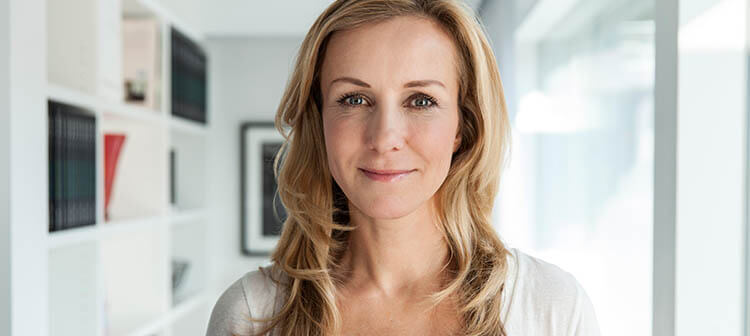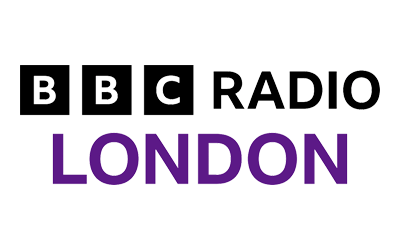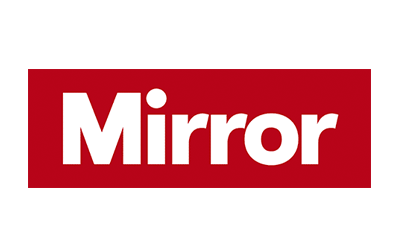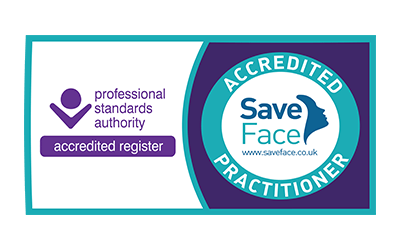Breasts almost inevitably become droopy over time. Sagging breasts or breast ptosis occurs because the breast tissue breaks down and loses firmness as we age. However, it can become particularly noticeable after pregnancy, following breastfeeding, or due to weight loss. This change in breast position can cause a lack of self-confidence for many women.
Mastopexy or a breast uplift is a type of cosmetic breast surgery that is a highly effective way to correct sagging breasts.
What is mastopexy?
A mastopexy, otherwise called breast uplift surgery, is performed to lift sagging breasts, restoring their youthful shape. The procedure raises and reshapes the breasts on the chest wall, tightening loose tissue, removing excess skin, and repositioning the areola around the nipple.
Sometimes combined with a tummy tuck as part of the Mummy Makeover after completing a family, a mastopexy can help to restore the breasts to their pre-pregnancy shape and firmness.
Although a mastoplexy does not alter the breast volume, it can be done in conjunction with a breast augmentation if the breasts have also become deflated.
How to prepare for mastopexy
Before any cosmetic surgery procedure, it is recommended that you stay as healthy as possible. Avoid smoking for at least two weeks prior to your mastopexy – although the sooner you quit, the better – and ensure you eat a healthy diet full of vitamins and minerals to aid your recovery.
It is important to prepare for time off work after the operation to make a full recovery. Allow at least a couple of weeks of downtime ideally, so that any swelling has time to heal. Arrange for friends and family to help, particularly as you may find it uncomfortable to stretch or lift after a mastopexy procedure.
What does the mastopexy procedure involve?
A breast lift is performed under general anaesthesia and takes around 75 minutes and usually requiring an overnight hospital stay.
The surgery itself involves an incision around the areola as well as a vertical incision from below the nipple down to the breast’s natural fold and sometimes also along the breast crease.
Any excess skin will be surgically removed while the breast tissue is sutured and supported, and the breast skin envelope will be tightened. The areola and nipple will usually be repositioned and lifted to compliment the new shape of the breasts.
If a breast augmentation is being performed alongside the mastopexy to add volume to the breast, this can be performed simultaneously. This will all be discussed beforehand in your pre-surgery consultation with Mr Alex Karidis.
What is the recovery of mastopexy like?
After a mastopexy, it is likely that the breasts will feel sore and taut, especially along the incision lines. You may experience some level of pain and discomfort for the first few days after surgery, but you will be provided with medication to manage this. Expect to wear a specially designed surgical support bra to support the breasts as they are healing.
Many people find they can return to work after a week, but some find it beneficial to rest properly for longer. Certainly, it is best to avoid any kind of strenuous exercise for six weeks after surgery, and especially avoid any heavy lifting. However, walking and moving as soon as possible can be helpful to boost the circulation, reduce the swelling and aid recovery.
Will mastopexy leave scarring?
Every cosmetic surgery procedure involves incisions and, therefore, you can expect some scarring. It is impossible to predict how your body will heal, but Mr Alex Karidis is renowned for his invisible stitching technique that typically leaves minimal scarring.
After a breast lift, the scarring will also depend on the amount of excess skin and tissue that has been removed as well as the technique used. As the incisions are made around the edge of the areola and in the breast crease, these scars should be well hidden and will not show when wearing low-fitting clothing or bathing costumes.
At first the scars will be itchy, red and lumpy but this should fade and flatten over time as they heal. You will be given advice on how to massage them daily to aid their natural healing process.
How much does mastopexy cost?
Breast uplift procedure involves a surgeon, anaesthetist, and hospital fee, as well as your pre-operative and post-operative care. This will all depend on your unique circumstances and the procedure undertaken.
You will receive a detailed quote after your initial consultation and before you make the decision to proceed. Call 0207 432 8727 to arrange this initial consultation.
















